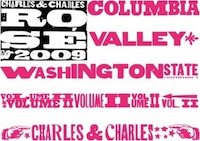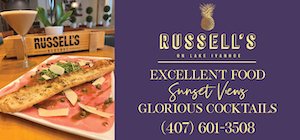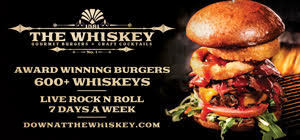 Rosé. Blush. The pink stuff. Descriptors like these are enough to make any manly man cringe and any serious wine drinker raise a brow. But if the first thing that comes to your mind is white zinfandel, then this might be a good time to take another look at rosé wines and dispel the myths that have surrounded them for so many years.
Rosé. Blush. The pink stuff. Descriptors like these are enough to make any manly man cringe and any serious wine drinker raise a brow. But if the first thing that comes to your mind is white zinfandel, then this might be a good time to take another look at rosé wines and dispel the myths that have surrounded them for so many years.
Myth number one: rosé wines and blush wines are one in the same. False. According to Wikipedia, the term “blush” was actually coined by a wine writer named Jerry D. Mead upon tasting a pink wine made from cabernet grapes in Sonoma Valley, 1976. The name of the winery that produced that particular “blush” wine was Mill Creek Vineyards, and its winemaker, Charlie Kreck, took Mead’s suggestion and trademarked the word “blush” in 1978.
Rewind a few more years to 1975, and witness a key moment in wine making history: Sutter Home’s White Zinfandel goes into what is known as “stuck fermentation,” meaning all of the yeast died off before it has had time to convert all the sugar into alcohol. The result? You guessed it, residual sugar. 2.5% to be exact, which created a sweet, pink wine unlike anything available on the American wine market. After a few weeks of deliberation, winemaker Bob Trinchero decided to try and sell it.
And wisely so–from a business standpoint anyway. There was a high demand for white wine in the 70’s, but a shortage of white grapes, making “white” wine from red grapes seem like a natural solution to the problem. Thus, blush wine found its niche, with Beringer and Sutter Home white zinfandels dominating the market. While Americans knew this type of wine to be distinctively “blush,” European wine drinkers had been drinking a slightly different style known as rosé.
This brings us to myth number two: rosés and blush wines are made by mixing red and white grapes together. False. Well, almost false. While this process is not unheard of per se, it is by no means widely practiced or encouraged, and is avoided in most places except by some wine producers in the region of Champagne.
Two other ways in which rosés and blushes are produced are through skin contact, or through a process known as Saigneé, which means “bleeding the vats.” Skin contact is the most common method of producing this type of wine. The skins of red grape varietals are usually left for several days to make contact with the juice, and are then removed before the juice goes through the fermentation process. The Saigneé process involves bleeding the ”must,” or young grape juice, from vats of red wine and fermenting it on its own to produce a rosé. The remaining wine in the vat is then used to create a more concentrated red.
Myth number three: all rosés and blush wines are sweet. False. While it is true the term “blush” is derived from American wines of this style, it is due to white zinfandel’s sweet reputation that this myth persists. And while any wine calling itself a “blush” is most likely still going to err on the sweet side, rosés are historically derived from a delicate, dry wine known as Anjou rosé from Loire Valley. Today, rosés are made from a variety of varietals and produced by a number of countries and regions. And their ranks are gaining popularity with female and male wine drinkers alike
Still don’t believe me? Ask Charles and Charles. No, not Scott Baio of Charles in Charge, Charles Bieler and Charles Smith. This television wine journalist and award winning winemaker have collaborated to bring the public their version of a modern American rosé. Typical of Charles Smith’s brand of marketing, the appearance of this bottle is meant to attract music lovers, style mavens and hipsters with a proclivity for Americana art. Designed by a Nashville, Tennessee poster company, the abstract American flag label is meant as a tribute to the old that also honors the new.
Aptly and succinctly named Rosé 2009, this wine pours medium pink with a slightly orange tint. And while the nose is dominated by strawberry and candied nuances offset by a hint of rosewater, the actual flavor is not sweet. There is a richness to the mouthfeel, but it falls short of being round, and persists with more apple and stone fruit elements before finishing fairly dry. Available for $7 a glass/$28 a bottle at Eola Wine company, this is a great warm weather sipper sure to make any wine lover rethink pink wine.
{fblike}










